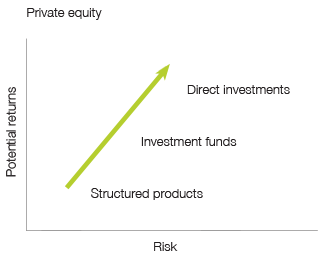- Home
- About Us
-
Products
Commodity Trading
Portfolio Management Services
- Career
- Contact Us

There are several types of accounts used to record equity. Each one is used to store different information about the interests of owners in a business. The types of equity accounts differ, depending on whether a business is organized as a corporation or a partnership. The equity accounts are noted below.
Types of Equity Accounts for Corporations
Commen Stock - This account is used to accumulate the total amount of funds paid to a business for the par value of the shares that it sells to Investors.
Additional Paid-in-Capital - This account accumulates the additional amount that investors pay for shares sold by a corporation above their par value. Since par value is usually quite low, the balance in this account can be much higher than the balance in the common stock account.
Retained earnings - This account contains the accumulated earnings of the business, minus the amounts of any dividend payments made to shareholders.
Treasury Stock - This account contains the amounts paid to buy back shares from investors. It contains a negative balance.
If a corporation has also issued preffered stock, then there may be additional accounts to separately track this information. For example, there may be a "preferred stock" account and an "additional paid-in capital - preferred stock" account.